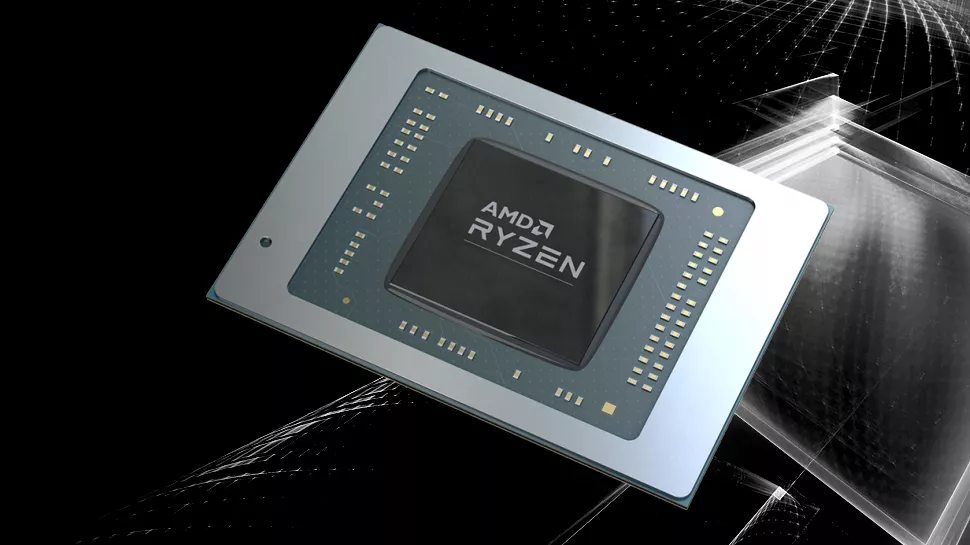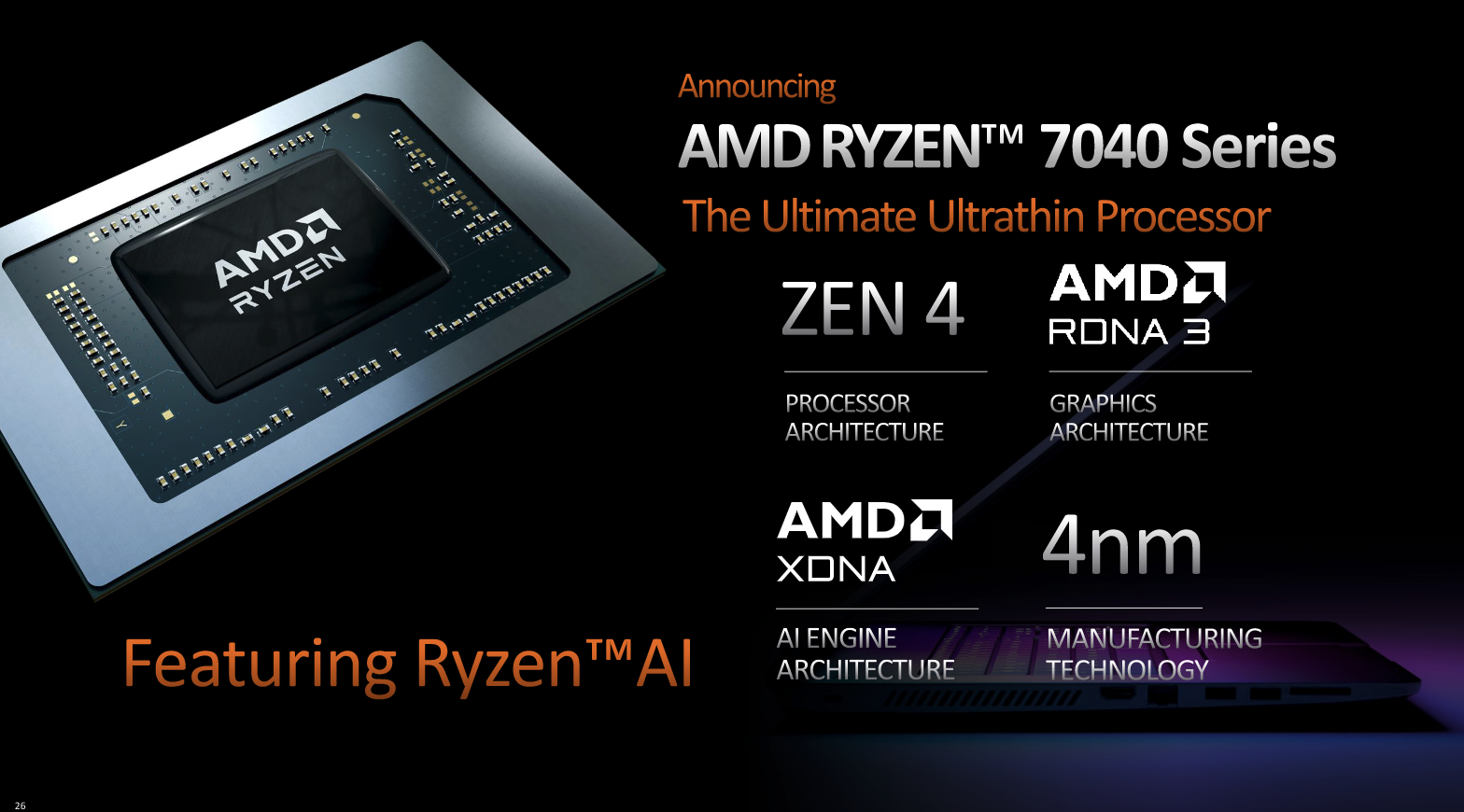Rumoured AMD chip is the gaming laptop APU we've been waiting for
AMD Strix Halo allegedly has 256-bit memory bus and RTX 4070 laptop performance.

Ever wondered why AMD has never made an all-in-one chip like those it engineered for the latest consoles from Microsoft and Sony and stuffed it in a laptop? Wouldn't that pretty sweet? Well, something along those lines is actually happening, allegedly.
The big rumour involves a new APU from AMD codenamed Strix Halo. If anything, it's even better than transplanting a console SoC into a PC laptop. According to Moore's Law is Dead—admittedly not always the most reliable of sources—Strix Halo will be the first PC APU with a hefty 256-bit memory bus.
All previous APUs from AMD, and indeed Intel, including AMD's new Ryzen Z1 APU in the Asus RoG Ally, have made do with a mere 128-bit bus and not a lot of bandwidth to share between the CPU and graphics. We've therefore often wondered why AMD didn't do a console-style APU with a 256-bit bus and therefore the potential for decent graphics performance.
Strix Halo is supposedly that APU. Not only does it have that 256-bit bus, it also reportedly gets no fewer than 40 RDNA 3-plus style graphics compute units. For context, that's a little under half the number of AMD's current Radeon RX 7900 XT desktop monster. It's also more than three times the number of CUs in the Ryzen Z1 Extreme, which tops out at 12 CUs.
Strix Halo is also said to rock no fewer than 16 CPU cores, though it's not clear if all 16 will be full fat Zen 5 cores or if that number will be split between those and an allocation of Zen 5c low-power cores.

Intriguingly, Strix Halo is said to be a chiplet design, with the graphics contained in its own slice of silicon and further dies for the CPU cores, the I/O, cache, the memory controllers and even dies for an AI engine and image processing.
Overall, the result is said to be an APU that rivals Nvidia's RTX 4070 mobile graphics for outright gaming performance. If that in itself isn't revolutionary, the power consumption hopefully will be.
The biggest gaming news, reviews and hardware deals
Keep up to date with the most important stories and the best deals, as picked by the PC Gamer team.
Apparently, Strix Halo is designed to be competitive with Apple's M-series chips. And that means full performance on battery power and huge step up in battery life.
AMD is also said to be working on what you might call more mainstream APU updates. Strix Point reportedly has up to 12 CPU cores and 16 graphics compute units in a monolithic die.
That APU will essentially be a direct replacement for AMD's Phoenix APU, AKA the Ryzen 7040-series, an up-to eight CPU coore and 12 CU APU for laptops that was announced at the beginning of this year and is just starting to appear in laptops. Strix Point and Strix Halo are both predicted to launch at some point next year.

Best CPU for gaming: The top chips from Intel and AMD
Best gaming motherboard: The right boards
Best graphics card: Your perfect pixel-pusher awaits
Best SSD for gaming: Get into the game ahead of the rest
If these rumours are accurate, these APUs could make for decently powerful and hopefully also unusually affordable gaming laptops in slim, usable form factors. Strix Halo in particular would also arguably be the first APU with genuinely gameable integrated graphics.
The possible exception is those weird Intel Kaby Lake G CPUs from back in 2018 with an AMD Vega graphics chip crammed into the CPU package. But those chips had 4GB of HBM video memory in the package, too, rather than a shared memory bus.
So those things arguably weren't APUs in the same sense as an AMD Phoenix or one of the rumoured new Strix chips. And they also had pretty much zero impact, only appearing briefly in a handful of laptop and NUC designs before vanishing.
Anyway, these rumoured new AMD APUs are technically very trick and could make for some laptops that really, well, move the game on. Here's hoping Moore's Law is Dead has its facts right for once.

Jeremy has been writing about technology and PCs since the 90nm Netburst era (Google it!) and enjoys nothing more than a serious dissertation on the finer points of monitor input lag and overshoot followed by a forensic examination of advanced lithography. Or maybe he just likes machines that go “ping!” He also has a thing for tennis and cars.

